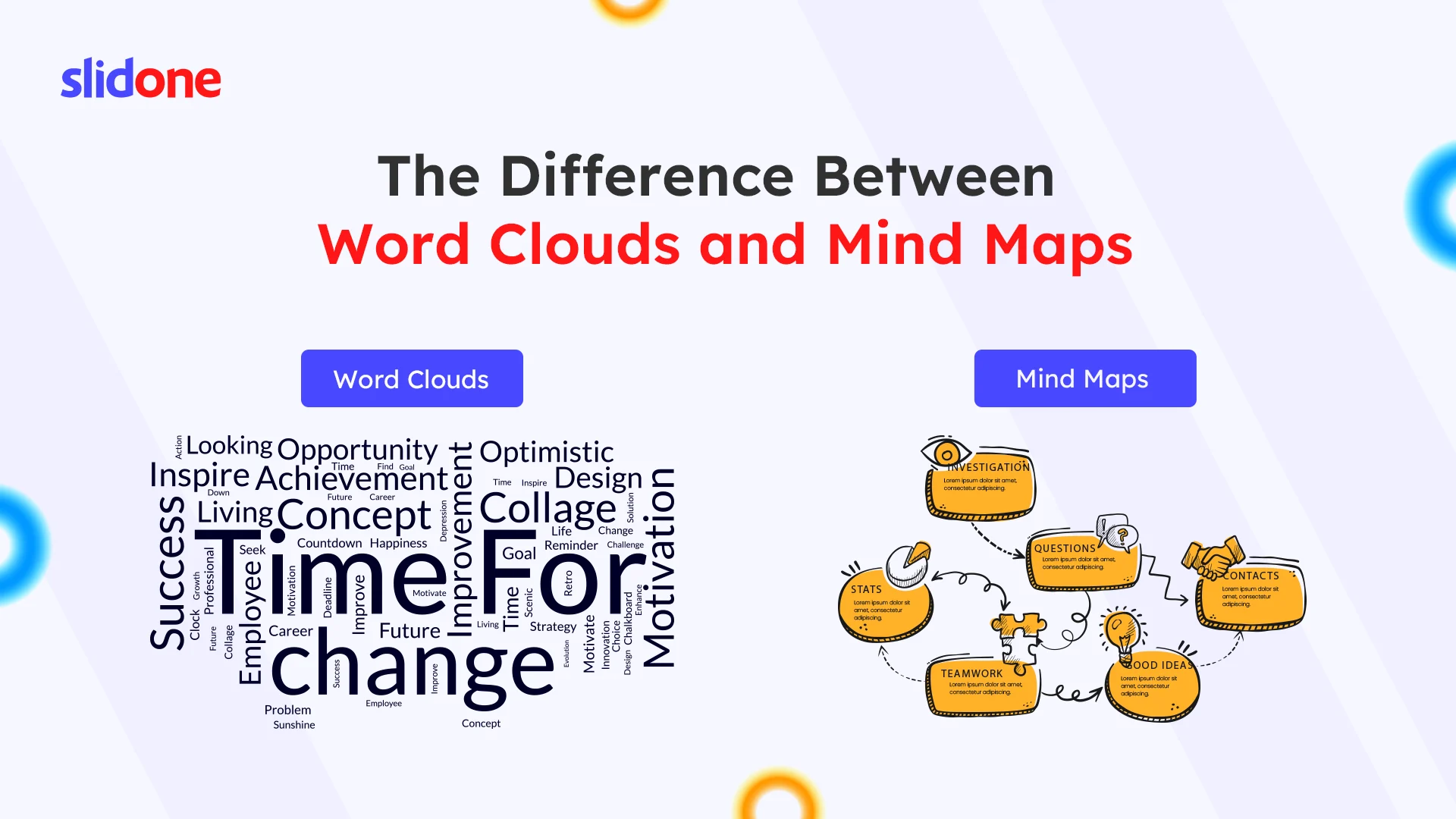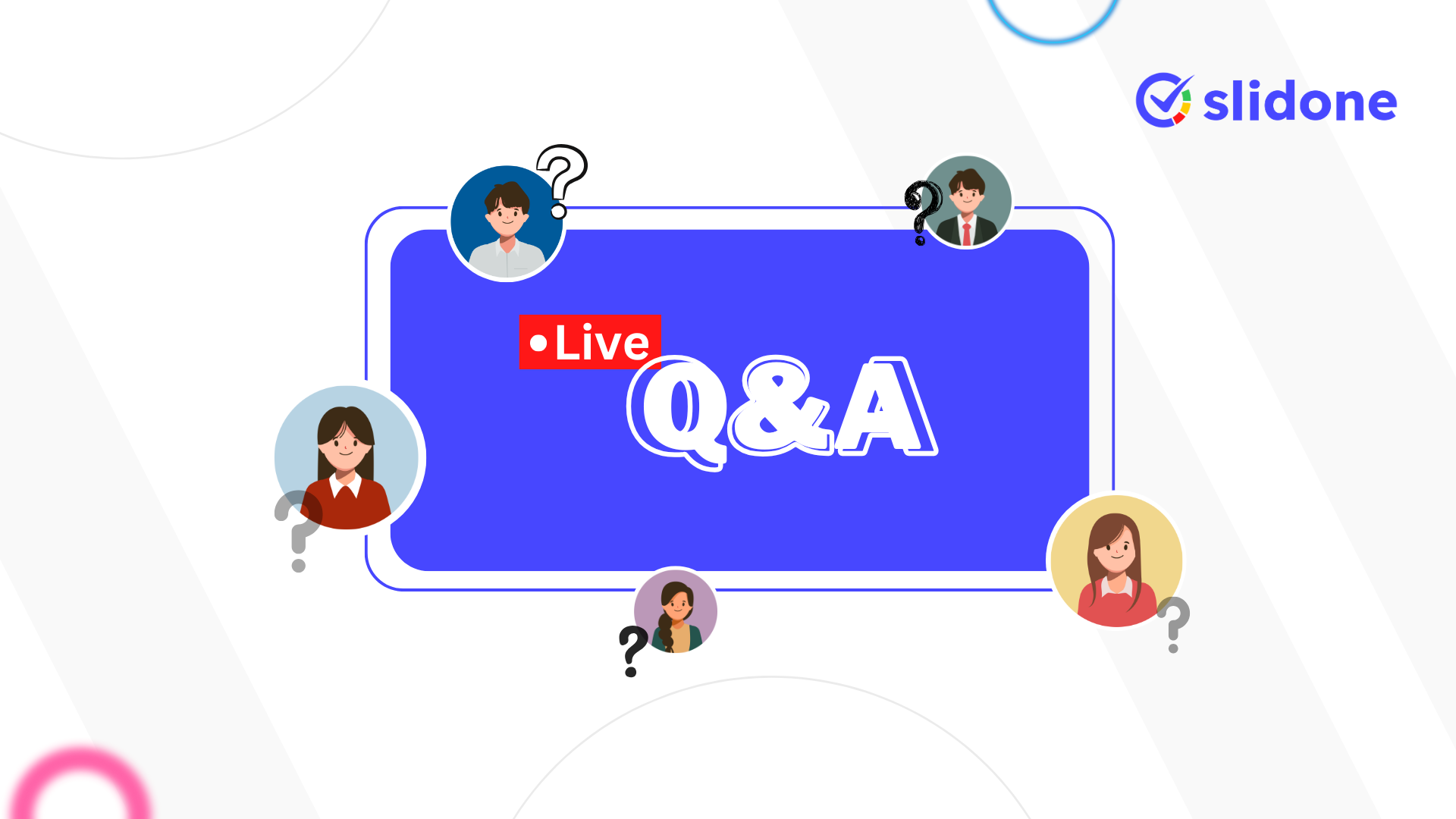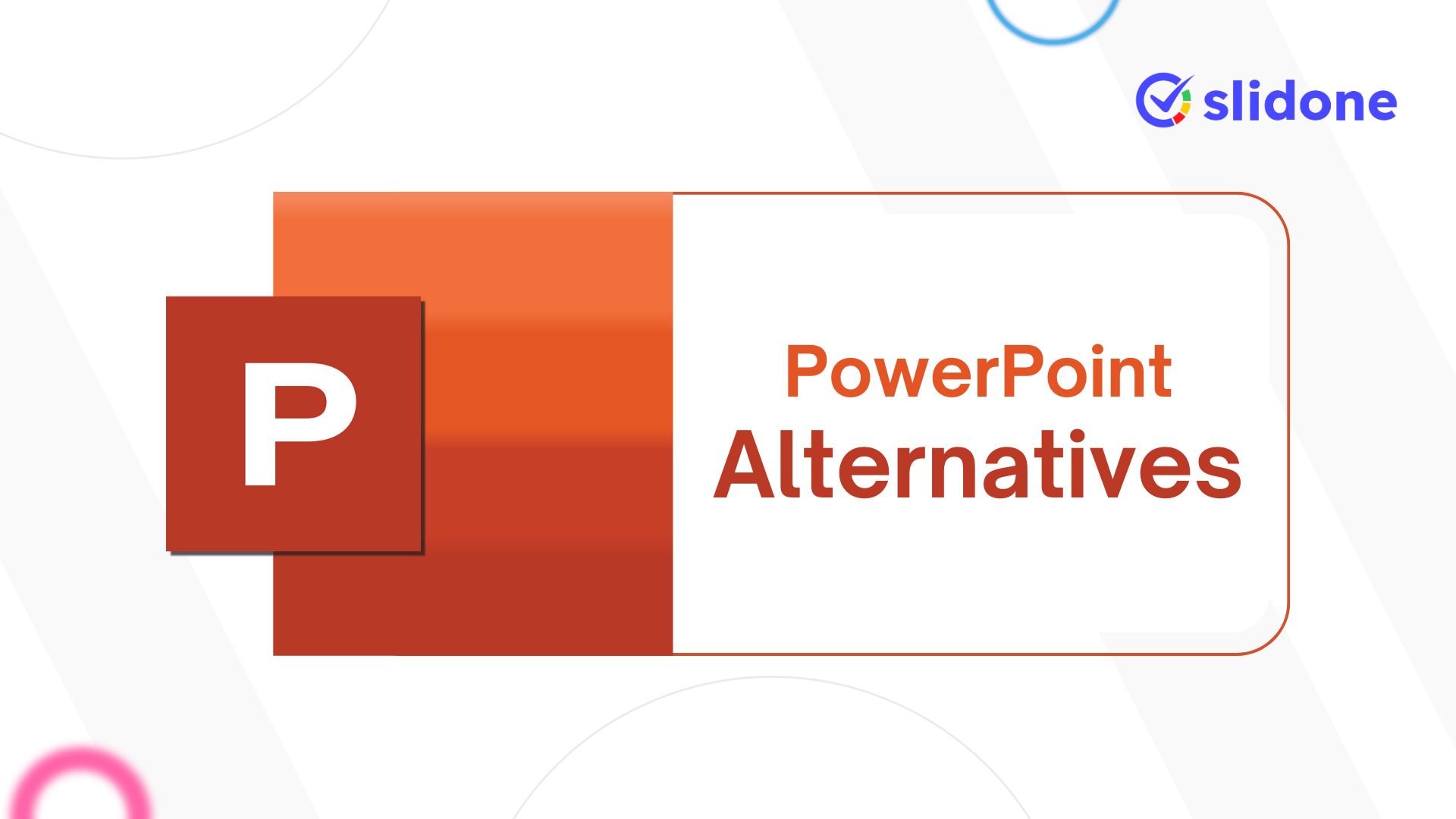Visual aids such as word clouds and mind maps have become popular in today’s classrooms and offices to convey information in an engaging way. Although concepts are used to organize content and make it easier to understand, they serve different purposes and have different characteristics. This blog will explore what separates live word clouds and mind maps, helping you understand when to use each. We’ll explore their definitions, uses, benefits, and examples, giving you a clear picture of how they can be valuable tools in education and practice.
What Is a Word Cloud?
A word cloud is a set of visual words from a summary or data set. It displays a variety of word capitals, with the size of each word corresponding to the number of times it appears in the text. In other words, the more a password is used, the more it appears in the cloud. For example, if you create a word cloud from a discussion about climate change, words like “climate,” “variability,” “carbon,” and “emissions” might be larger than less frequent words
Word clouds are easy and can be created quickly with free word cloud generators like Slidone. They are often used to highlight important words in a piece of writing, making them a good choice for summarizing content, brainstorming ideas, or visualizing topics. Word clouds are often colorful and customizable, making it attractive for presentations and classroom activities.
What Is a Mind Map?
A mind map is a picture that visually organizes information with branches and veins. It begins with a central idea or theme, and related ideas are connected as branches extending from the center. Each branch can have its own sub-branches, leading to a set of concepts that show how the concepts are related.
Mind maps are great for breaking down complex topics into smaller, more manageable chunks. For example, if you’re creating a concept map on “Space Exploration,” you might start with “Space Exploration” in the middle, with branches such as “Planets,” “Space Missions,” “Astronauts,” “Technology.” and then each branch There may be additional sub-branches that deal with specifics of those topics in more detail.
Mind maps are often used to plan, write, solve problems, and formulate ideas. They help people see connections between ideas, making them an effective tool for understanding how parts of a topic fit together.
Key Differences Between Word Clouds and Mind Maps
While both word clouds and mind maps are used to present information visually, they differ significantly in terms of purpose, structure, and how they are used. Here are the main differences:
1. Purpose and Focus
Word cloud: The primary purpose of a word cloud is to indicate the frequency with which words are used in a text. Useful for quickly identifying key topics or common themes. Word clouds focus on individual words, with the size of each word representing importance or frequency.
Mind Maps: Mind maps are designed to explore a central idea and how related concepts are connected. They focus on relationships between concepts and organize and categorize information. Mind maps help visualize how ideas are connected, making them ideal for in-depth analysis of a topic.
2. Visual Structure
Word cloud: Word clouds have free order, where words are arranged randomly or in specific shapes. The plan is less about planning and more about visual impact. Random placement of words creates a sense of fun and creativity, making word clouds appealing to the audience.
Mind Maps: Mental images have a hierarchical structure. Starting in the middle with one main idea, they branch out, connecting related concepts. This structure contributes to a clear and logical flow of information, making it easier to see how concepts relate to each other.
3. Level of Detail
Word clouds: Word clouds are great for quickly visualizing important words or topics in a piece of writing. They provide little information beyond word frequency, which means they are best suited for aggregates or summaries.
Mind maps: Mind maps allow you to explore a topic in more detail. Because they have branches and sub-branches, you can delve deeper into each concept, breaking down the information into smaller chunks. This makes mind mapping an excellent choice for in-depth analysis and understanding.
When to Use Word Clouds?
Word clouds are versatile and can be used in many different situations. Here are some scenarios where a word cloud might be the right choice:
1. Summary: When you want to quickly find common words in a book, story, or speech, a word cloud is perfect. It can help students and teachers to identify points and concepts.
2. Brainstorming: Word clouds are great for gathering information from the group. When you ask students or group members to share words that come to mind for a particular topic, the word cloud can collect those responses in an interesting way.
3. Visualization of data: Word clouds can be used to show claims from surveys or surveys. For example, if you ask students what they liked about a course and collect their responses, you can create a word cloud to identify the words or phrases that stand out the most.
4. Creative projects: Word clouds add a little creativity to presentations, posters, or classroom demonstrations. Their color and artistic quality make them a great choice for visual storytelling.
When to Use Mind Maps?
Mind maps shine when you need to organize complex information. Here are some situations where a mind map would be beneficial:
1. Notes: Mind maps are good for taking notes during lectures or meetings. They allow you to capture points and connect them in a logical way. This helps to retain information and remember it later.
2. Planning and organizing: When developing a project, a mind map can help by breaking down tasks into smaller ones. For example, when planning a school project, a mind map can organize tasks such as “budgeting,” “logistics,” and “marketing,” to make it easier to see what needs to be done
3. Learn and review: Mind maps help students review and learn difficult topics. Mental mapping allows students to visualize connections between concepts, making it easier to understand and remember information.
4. Problem solving: Mind maps are useful for brainstorming problem solving. By organizing possible solutions and outcomes, you can see the big picture and make better decisions.
Benefits of Word Clouds
Word clouds have several advantages that make them popular in both educational and professional settings:
1. Interesting and interesting: Word clouds are visually appealing and can turn a short list of words into eye-catching images. This appeals to students and audiences of all ages.
2. Quick to Create: Creating a word cloud with tools like Slidone takes just a few minutes. You don’t need any special design skills, and you can easily customize the look of your word cloud.
3. Encourages participation: When word clouds are used in group activities, everyone can contribute a word or phrase. This creates a sense of engagement and encourages active participation.
4. Emphasize Key Ideas: Word clouds make it easy to find important words or topics in a text. This allows students to focus on what they need as they read or explore.
Benefits of Mind Maps
Mind maps offer their own unique set of benefits, particularly when it comes to understanding complex subjects:
1. Organize: Mind mapping helps you organize thoughts and information in an organized manner. This makes it easier to understand complex concepts and see how concepts are related.
2. Fosters creativity: Mind maps encourage creative thinking by allowing free exploration of ideas. The branching layout allows you to add new ideas without being restricted by a linear format.
3. Memory aids: Because of their visual nature, mind maps can help improve memory. The use of colors, shapes, and graphics makes information easier to remember.
4. Supports critical thinking: Mind mapping helps students think about how ideas relate to each other better. This makes them valuable in such fields as history, science, and literature.
5 Key Differences Between Word Clouds and Mind Maps
Here’s a quick comparison to summarize the main differences between word clouds and mind maps:
| Feature | Word Cloud | Mind Map |
| Purpose | Shows word frequency and key themes | Explores connections between ideas |
| Structure | Freeform, random arrangement | Hierarchical, branching from a central idea |
| Level of Detail | Provides a quick overview | Allows for in-depth analysis |
| Ease of Creation | Simple, can be generated in minutes | Requires more time to organize information |
| Best Used For | Summarizing text, brainstorming, feedback | Planning, studying, note-taking |
Conclusion
Word clouds and mind maps are powerful visual tools that can change the way you present, learn, and organize information. Each has its own unique strengths: word clouds are great for quick summaries and engagement, while mind maps excel at connecting concepts and organizing complex topics . . . .
By understanding the differences between these tools and how to use them effectively, you can improve your teaching, learning, or presentation skills. With Slidone’s easy-to-use features, it’s easier than ever to create word clouds and mind maps. Whether you’re an instructor looking to make your learning more interactive, a student trying to better understand a topic, or a professional looking to brainstorm with your team, word clouds are the mind map can help you communicate and understand information in interesting new ways
So, the next time you encounter a difficult topic or need a way to present information, try using word clouds or mind maps. You just might find that these tools make all the difference in reversing confusion with clarity! Enjoy a fun learning experience and explore the world of visual imagination with Slidone.





Leave a Comment
Your email address will not be published. Required fields are marked *